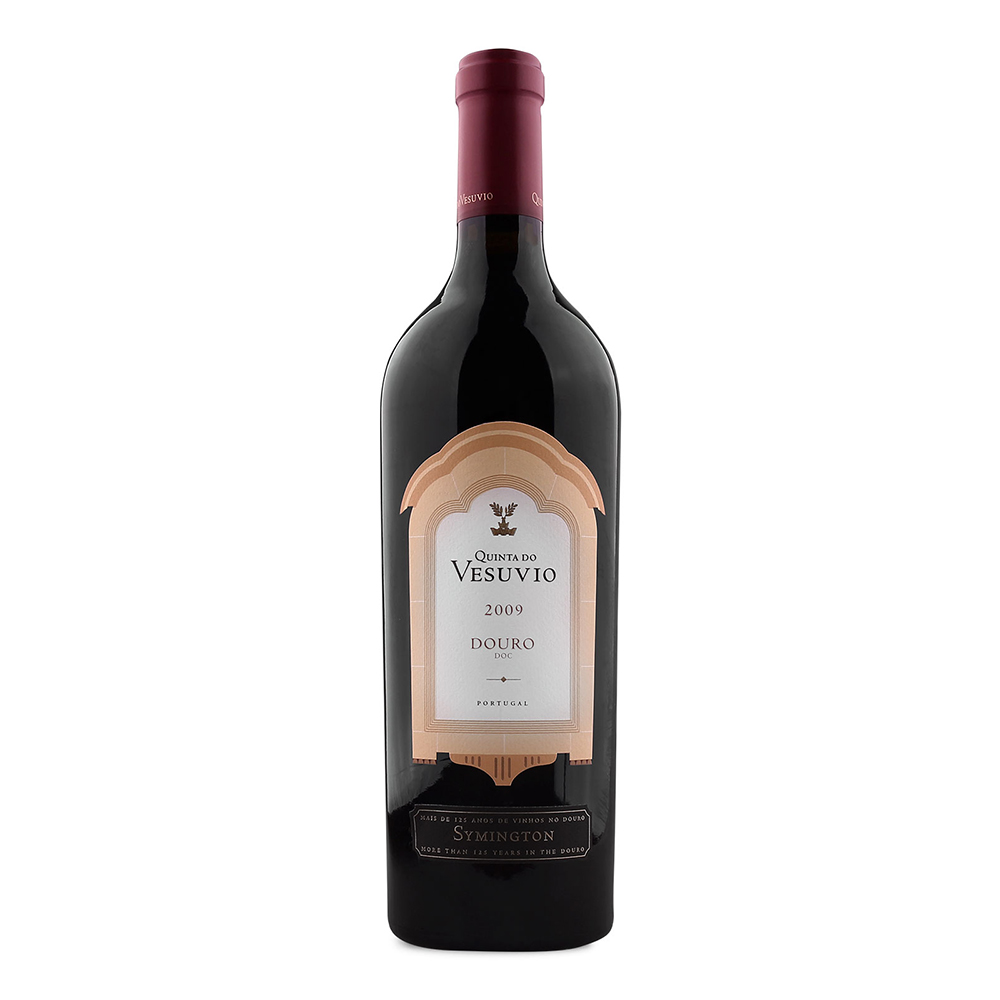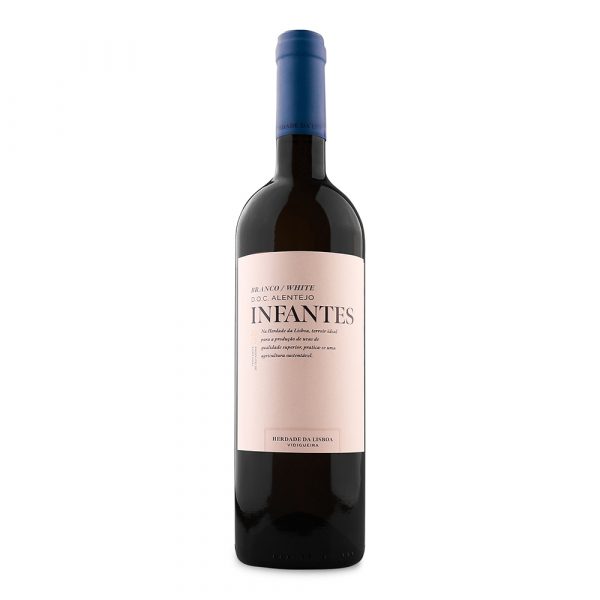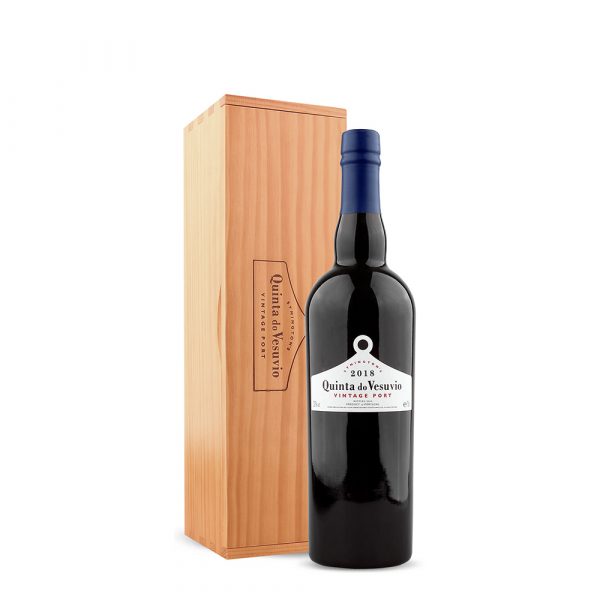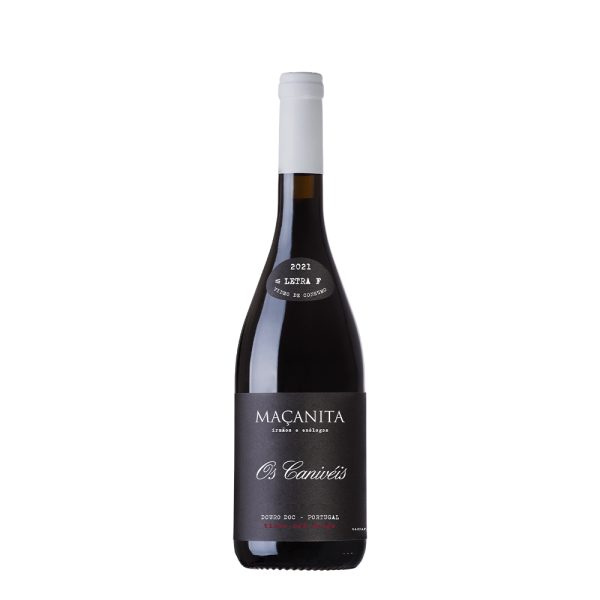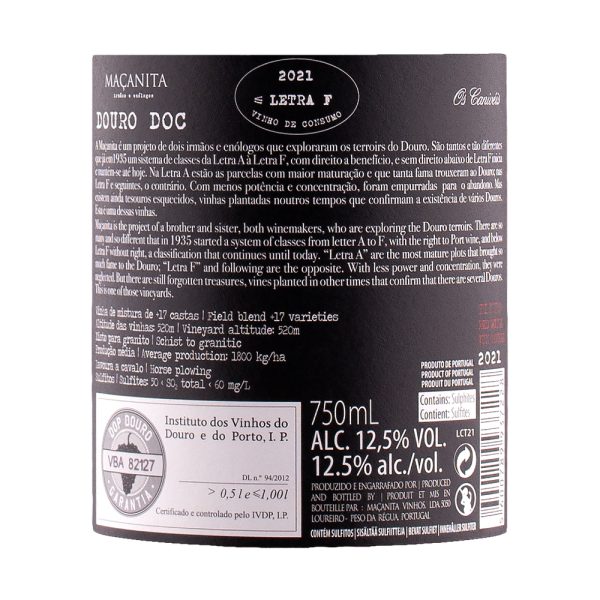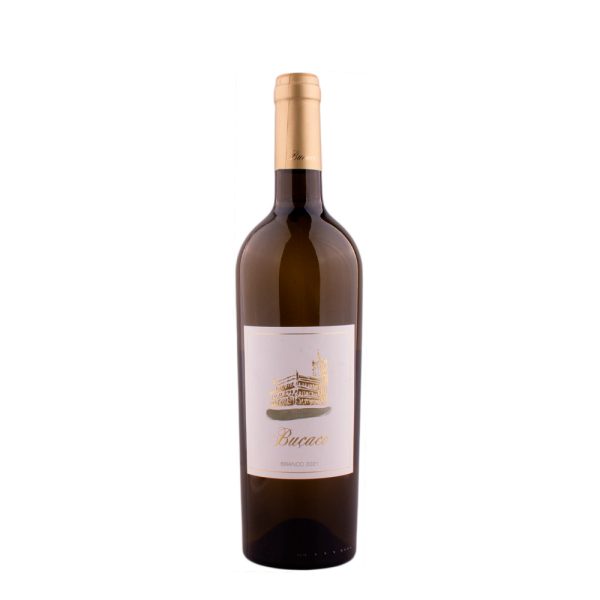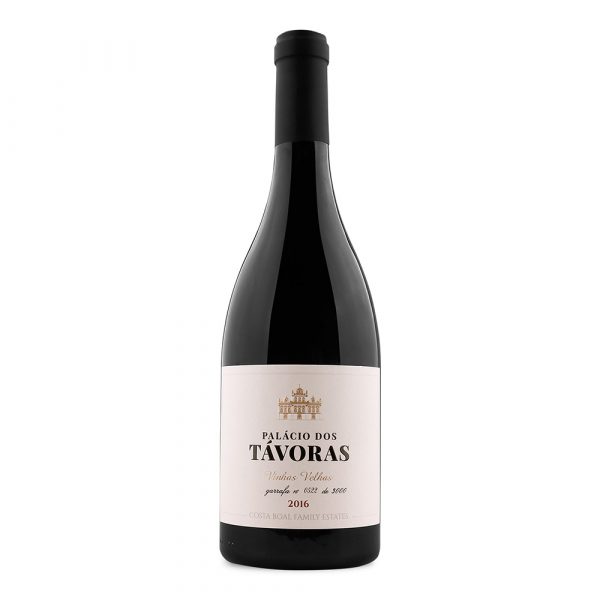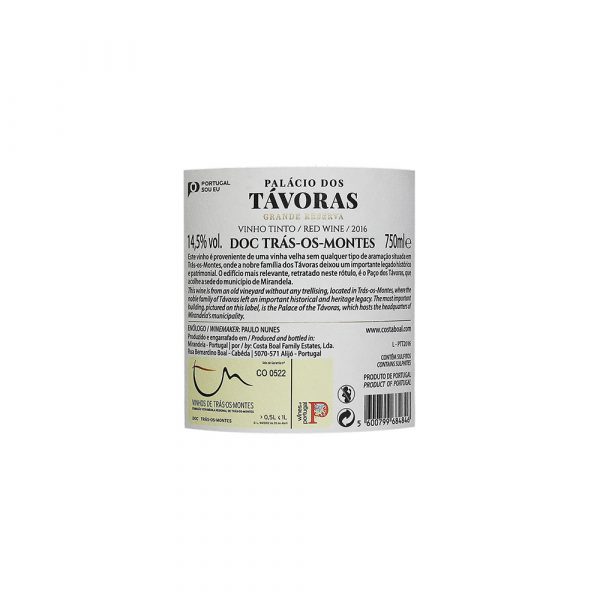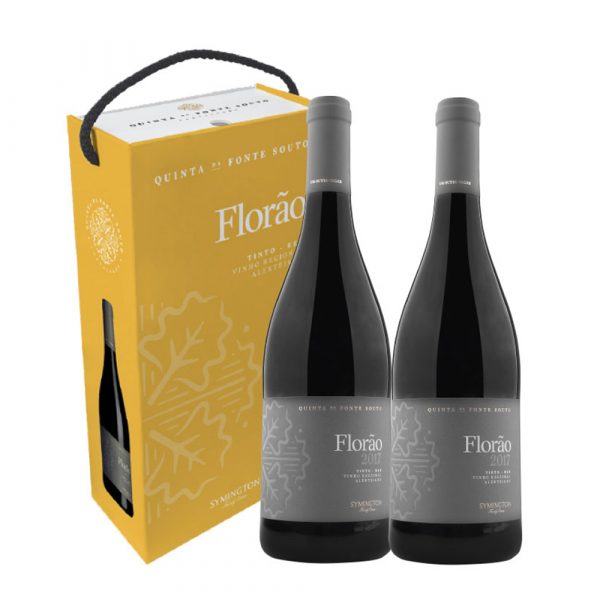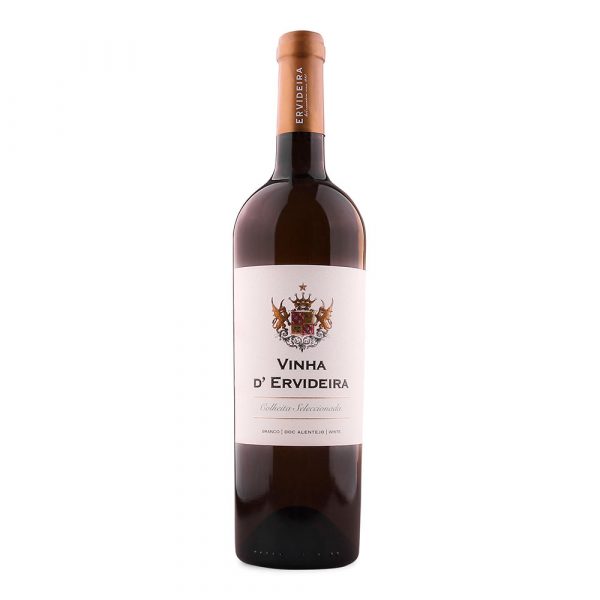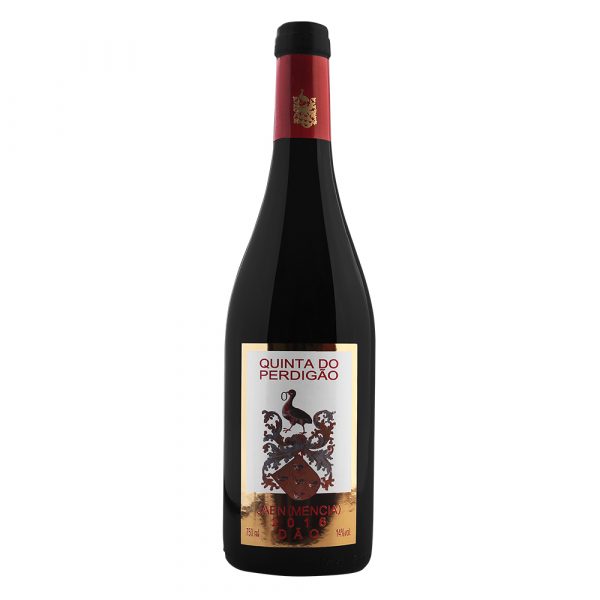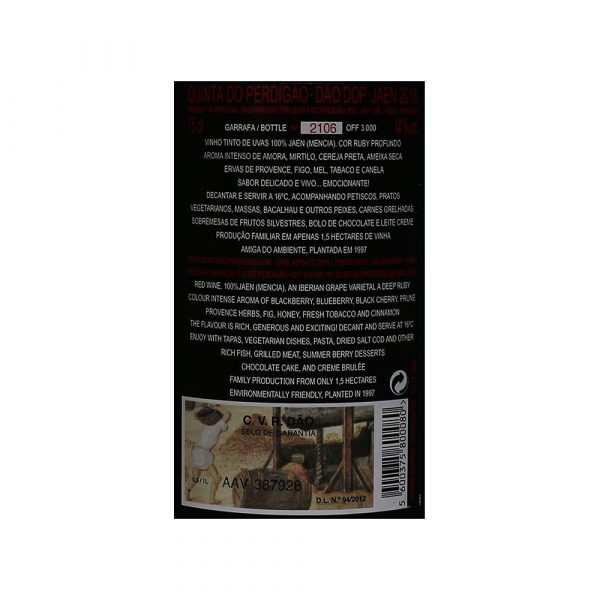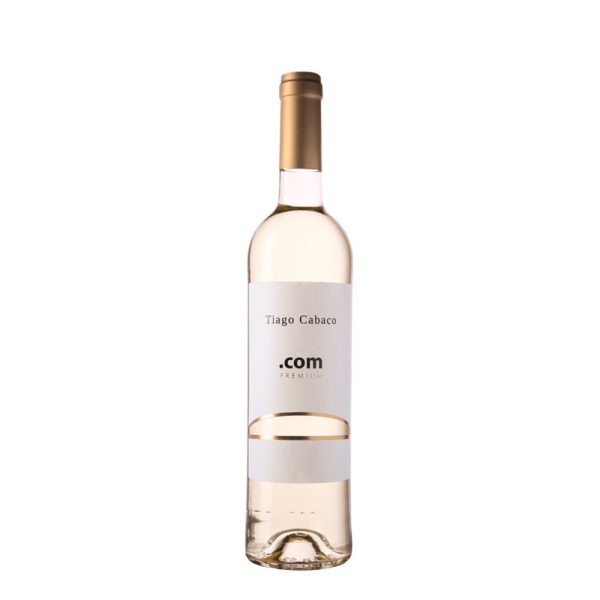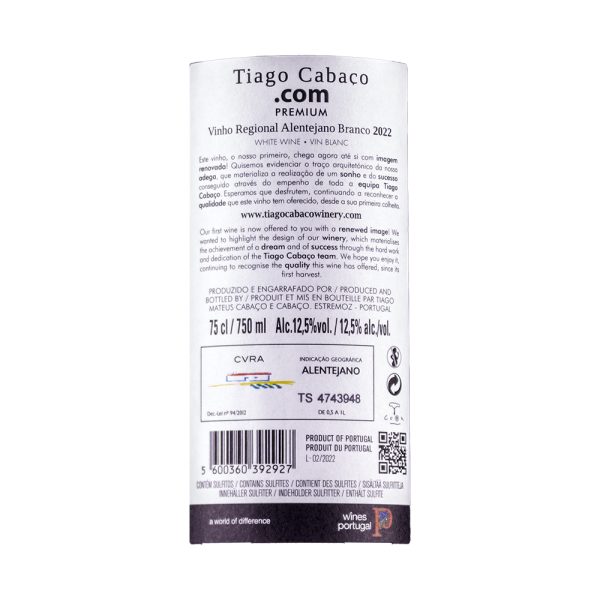| Weight | 1,5 kg |
|---|---|
| Year | |
| Castes | , , |
| Type | |
| Country of origin | |
| Producer | |
| Region | |
| Sulphites | |
| Alcohol content | |
| Volume | , |
“Kompassus Private Collection Red” has been added to your cart. View cart
Sold out
Quinta do Vesúvio DOC 2009 Red
93,99 €
Aged for 13 months in new 400L French oak barrels. In 2009, after yet another dry winter, hot summer conditions clearly indicated that an early harvest was likely and good weather and considerable heat throughout the final ripening period brought one of the earliest harvests at Quinta do Vesuvio. The combination of drought and very hot temperatures in August and September set the stage for a challenging crop. In fact, this was one of the smallest vintages in the Douro over the last 15 years, with some of the region’s main varietals failing in some areas under the difficult conditions. Contains sulfites.
Out of stock
SKU:
VESUVIO2009
Categories: Wine, Portuguese
Additional information
Related products
Maçanita Os Caniveis Red
19,49 €
Discover Maçanita Os Canivéis Red, a distinctive wine that was born in the heart of Carlão, in Cima Corgo. Originating from venerable vineyards, aged between 80 and 92 years old and located at an altitude of 520 meters, this wine is a reflection of the unique transition from schist to granite soils.
Winemaking is a tribute to tradition, with horse farming and manual harvesting in 18kg boxes. The combination of partial de-stemming with a whole bunch and a prolonged maceration of 40 days, followed by an 18-month aging in neutral French oak barrels, gives Maçanita Os Canivéis Red an exceptional character.
This wine has a ruby violet color, brightened by notes of fresh fruit and dark chocolate. In the mouth, it offers a creamy entry, accompanied by firm tannins and a long persistence. Perfect to accompany dark meats, Asian cuisine and intense cheeses, Maçanita Os Canivéis Red promises an unforgettable winemaking experience.
Buçaco Colheita White
36,89 €
At the beginning of the 19th century, a fascinating story emerged in the world of Portuguese Wine: the launch of an icon, a desired wine, but always discreetly kept away from the spotlight.
Alexandre de Almeida innovated by combining luxury hospitality with a wine cellar and his own wine, creating the rare and historic Buçaco wines, produced at Palácio do Bussaco, in the mountains north of Coimbra.
These wines, preserving traditions without adopting modernism, reveal a notable aging potential and can last in the bottle for decades.
Palácio dos Távoras Grande Reserva Vinhas Velhas Red
20,45 €
Vinha d’Ervideira White
8,95 €
Mechanical and night harvest. The process goes from caste to caste. Antão Vaz grapes are destemmed, lightly pressed in a vacuum. After defecation, they ferment at a controlled temperature between 10o and 12oC. Arinto grapes are destemmed and sent, without crushing, to “vinimatics”, for skin maceration between 6 and 10 hours. Subsequently, they are pressed and sent to the cold room. Wine of citrus tones, with notes of tropical fruits, light quince jam and mineral notes. Elegant in the mouth, it shows good acidity and a striking structure, which prolongs the tasting. Contains sulfites.
Quinta do Perdigão Jaen Red
12,64 €
Tiago Cabaço .com Premium White
4,95 €
In the Estremoz region, in the heart of Alentejo, Tiago Cabaço .com Premium White was born, a wine that celebrates the wine richness of this land. Fermentation takes place in temperature-controlled stainless steel tanks, followed by a stage in the same material, ensuring the preservation of the grapes' unique characteristics.
This wine benefits from a careful selection of grape varieties, both Portuguese and international, harvested at the exact ripeness. The proximity of the vineyards to the winery, combined with gentle pressing and fermentation at low temperatures, results in an exceptionally fresh and captivating wine.
With a lemon yellow color and a more fruity than floral profile, Tiago Cabaço .com Premium White stands out for its intense aromatic expression and freshness. It is structured and dense, giving it seriousness and volume, and culminates in a vigorous and refreshing finish, marking itself as a reference in Alentejo.

